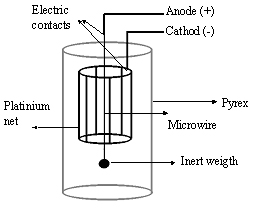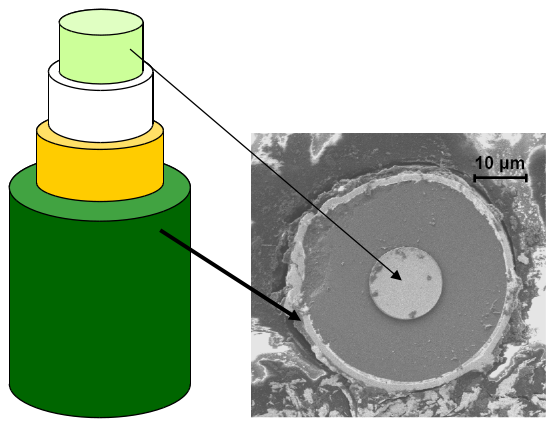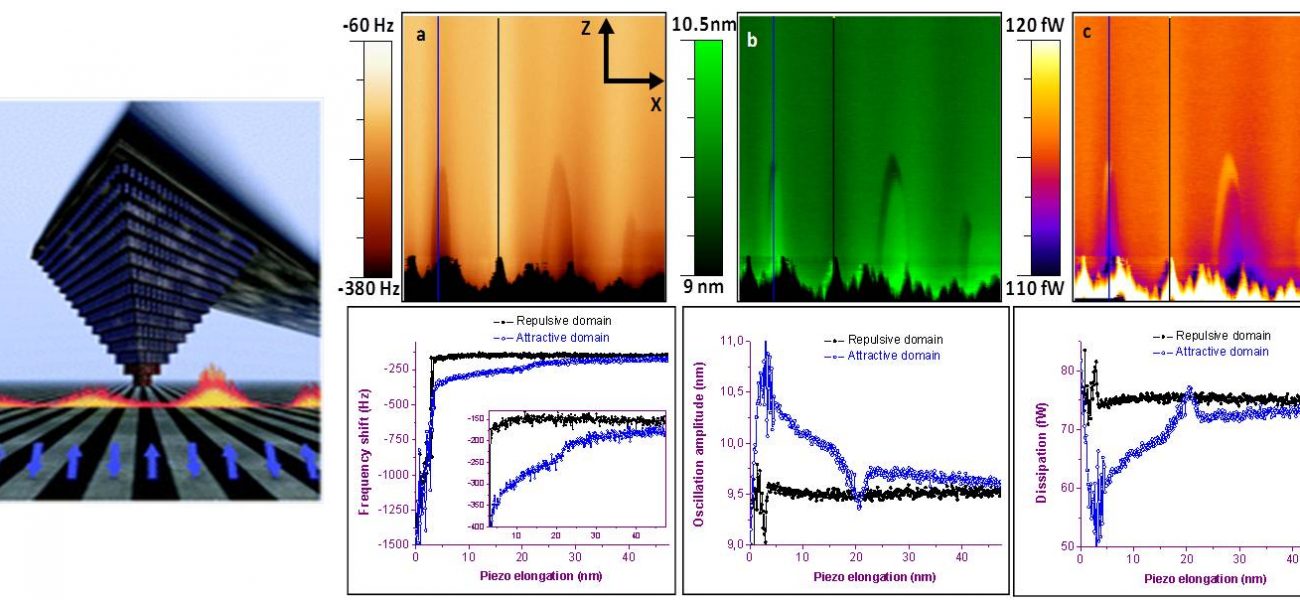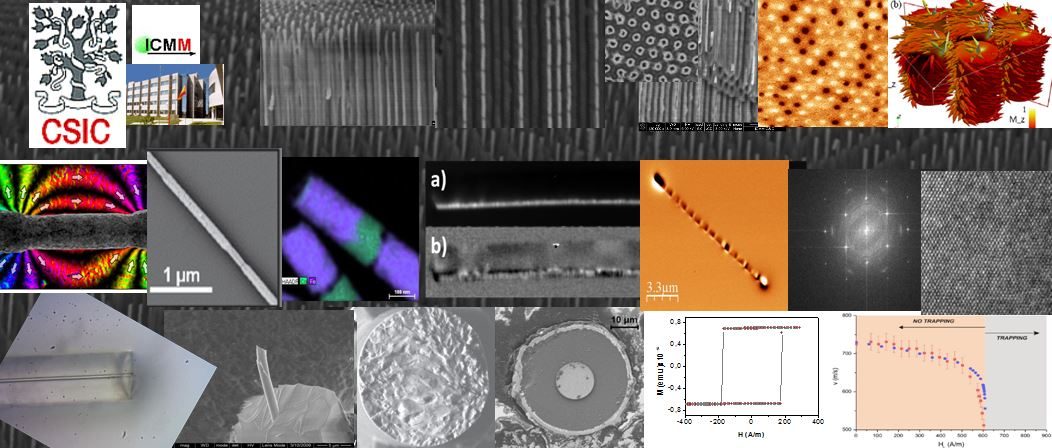The magnetic multilayer microwires form a new family of materials with excellent magnetic and mechanical properties; due to these features, this type of materials is ideal for using as sensor devices (magnetic, stress, temperature sensor…). The development procedure makes use, in first place glass-coated microwire with magnetic nucleus (Co and Fe-based alloys) fabricated by quenching and drawing technique (Taylor-Ulitovsky modified method). Generally the thickness of both layers is between 5 and 10μm. In a second time a Au layer is deposited using the sputtering technique, only this layer plays the role of contact for the next deposition of the magnetic outer shell (Co, Ni, Fe…) with the electroplating method. The electroplating technique is realized in the electrolyte solution using Pt electrolyte cell and source.
The magnetic characterization obtained by means of VSM of the glass-coated microwire with ferromagnetic nucleus Fe72,5Si12,5B15 shows a square hysteresis loop, typical bi-stable magnetic behavior of microwire with positive magnetostriction constant. In addition, when the temperature increases the coercitivity decreases almost linearly due to the applied internal stresses as a consequence the different thermal expansion coefficients of the two layers that for this particular case favours the transversal magnetic anisotropy.
On the other hand the hysteresis loop of the magnetic multiplayer glass-coated microwires, having a nucleus Fe72,5Si12,5B15 plus a Au layer of thickness 30nm and outer Ni layer with thickness 14mm, is very different from the hysteresis loop of glass-coated microwire. The Ni layer induces a transversal magnetic anisotropy, this transversal anisotropy is favoured by the temperature increase that induces compressive internal stresses due to the applied internal stresses as a consequence of the different thermal expansion coefficients of the layers. The anisotropy field obtained in this case is approximately 500Oe and the saturation magnetic moment is larger due to the presence of the electroplating Ni layer.
Actually, the internal induced stresses plus the effect of magnetic outer shell are the base for the study and design of a magnetoelastic thermal sensor using this type of new materials. This investigation is supported by B-SENS european project.
 
|
References:
[1] K. R. Pirota, D. Navas, M. Hernández-Veléz, K. Nielsch and M. Vázquez, Novel magnetic materials prepared by electrodeposition techniques: arrays of nanowires and multi-layered microwires, J. Alloys Comp. 369, 18-26 (2004).
[2] K. R. Pirota, M. Provencio, K. L. Garcia, R. Escobar-Galindo, P. Mendoza Zelis, M. Hernández-Vélez and M. Vázquez, Bi-magnetic microwires: a novel family of materials with controlled behaviour, J. Magn. Magn. Mater. 290, 68-73 (2005).
[3] M. Vázquez, K. R. Pirota, M. Provencio, A. Zhukov, M. Hernández-Vélez, H. Pfützner, E. Kaniusas, T. Meydan, M. Rohn, C. Malvicino and B. Marquardt, Magnetic properties of multilayered magnetic microwires for sensor applications.


